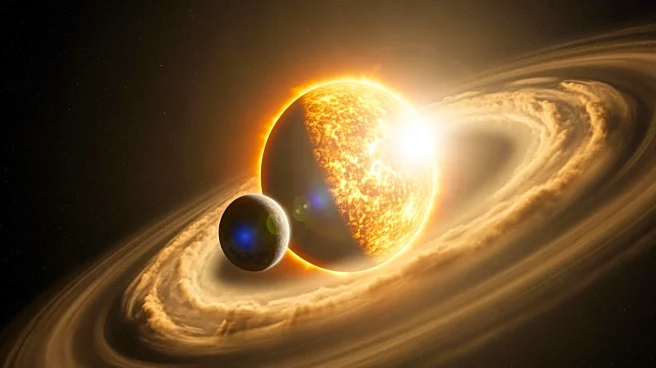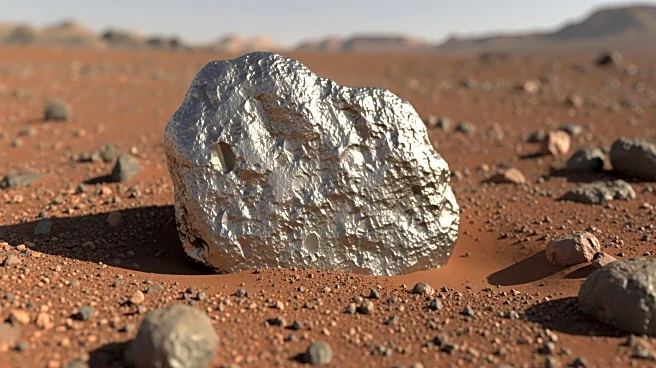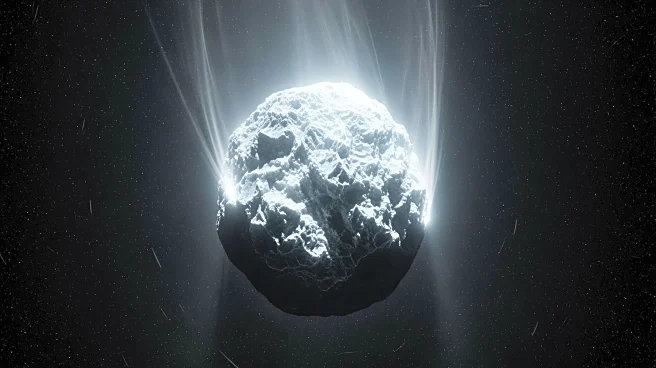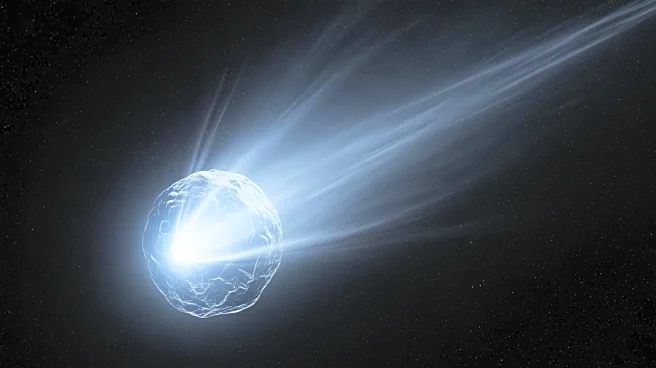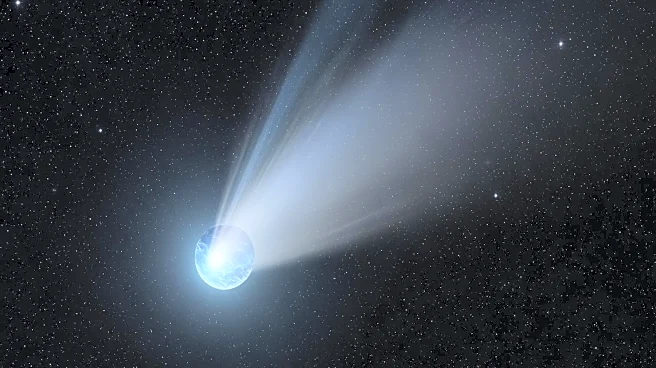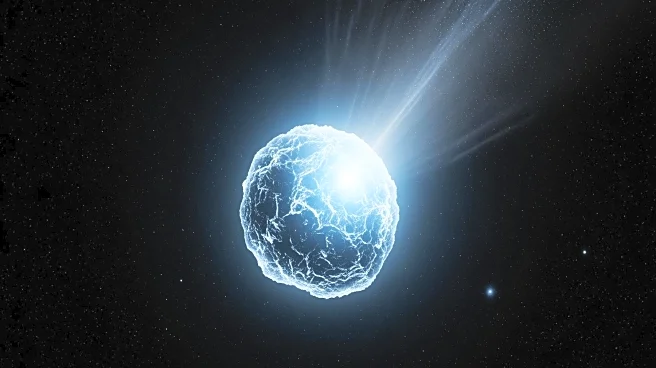What's Happening?
Recent research from the Max Planck Institute for Solar System Research has provided new insights into the origin of Theia, the Mars-sized object believed to have collided with proto-Earth 4.5 billion
years ago, forming the Earth-Moon system. The study, published in the journal Science, suggests that Theia originated in the inner Solar System, based on the analysis of iron isotopes in lunar rocks compared to those found on Earth. This research was led by Timo Hopp and involved collaboration with several international institutions. The findings support the theory that Earth and Theia were 'neighbors' in the cosmic sense, providing a clearer picture of the early Solar System's dynamics.
Why It's Important?
Understanding Theia's origin is crucial for comprehending the formation of the Earth-Moon system and the early Solar System's dynamics. The research offers insights into the isotopic composition of celestial bodies, which can reveal their formation locations. This knowledge is significant for planetary science, as it helps explain the distribution of elements and the processes that led to the current configuration of the Solar System. The study also contributes to the ongoing debate about the origins of celestial bodies and their impact on planetary formation, potentially influencing future research in geoscience and astronomy.
